
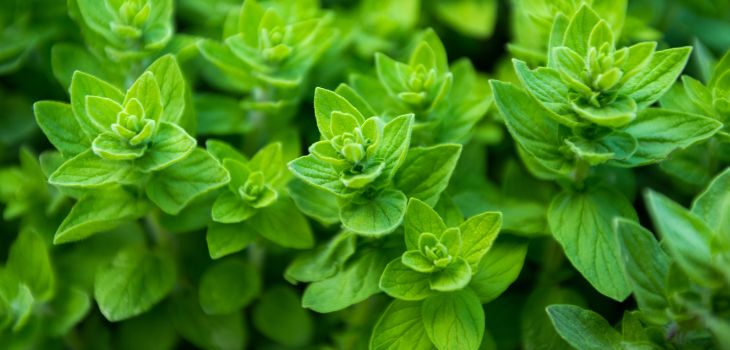
Oregano was used in ancient times, in Greece and Rome, and it remains a key component in Italian and Mediterranean cuisine. It can be planted year-round, but the best seasons for it are spring and autumn. It grows up to 20-80 cm, and its growth rate is very fast.
Watering: Water sparingly, only when the topsoil dries out.
Sunlight: Full sun, 4-8 hours, preferably during midday.
Recommended pot size: You can start with a 5-liter pot and move it to a larger and wider one as it grows and spreads.
Fertilizer: Doesn't need much, and it's best to use fertilizer with as much nitrogen as possible.
Special notes: If the roots start filling up the pot too much, it's recommended to thin them out.
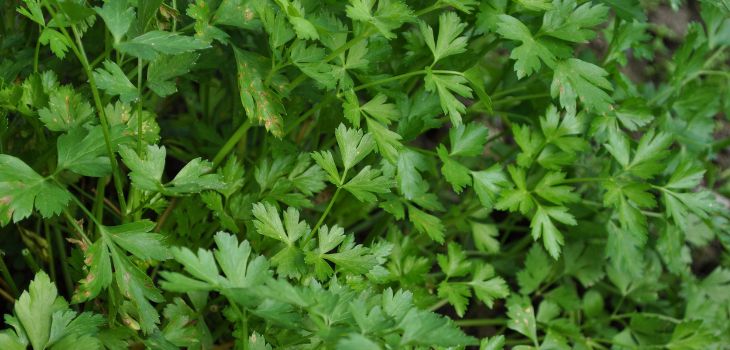
Parsley was also used by the Romans in cooking, and they, like the Greeks, chewed it at the end of meals to freshen their breath.
Watering: Ensure the soil remains constantly moist, but not overly wet, to avoid root rot.
Sunlight: Full or partial sun, at least 5 hours a day.
Recommended pot size: A small pot of ½-1 liters is sufficient.
Fertilizer: You can occasionally add seaweed fertilizer.
Special notes: It is recommended to buy a seedling rather than starting from seeds, as they are very difficult to germinate.

Coriander is very similar to parsley in appearance but differs in taste and cultivation method. It is widely used in China, India, and South America in soups, salads, fish and meat dishes, and even in the preparation of alcoholic beverages. The plant can be sown in autumn, winter, or spring.
Watering: The plant should be watered daily, ensuring the soil stays moist but not waterlogged.
Sunlight: Full or partial sun, preferably partial sun with direct sunlight in the morning hours.
Recommended pot size: A ½-liter pot is sufficient for growing the plant.
Fertilizer: Coriander doesn't need much fertilizer, but you can occasionally add liquid compost.
Special notes: When the weather starts to warm up, the plant will flower, and its leaves will become bitter.
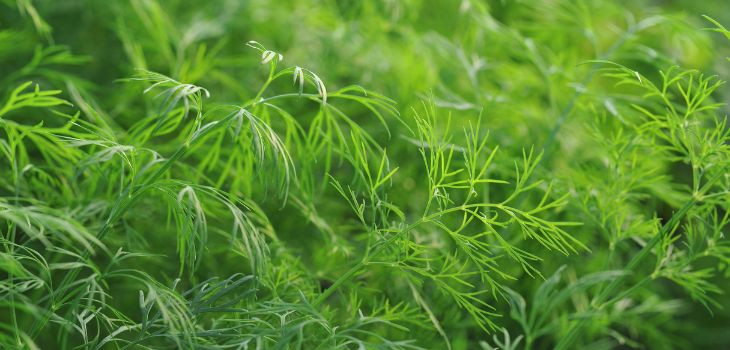
Today, we use dill as a spice, but in the Middle Ages, it had another use – as a talisman to ward off evil spirits. It was found in Egyptian tombs from 1400 BCE, and there is evidence that it was used in the Greek city of Samos in the 7th century CE. It can be added to salads, and you can plant it in autumn, winter, or spring.
Watering: The plant requires consistently moist soil, so water it when the topsoil dries out, but avoid overwatering.
Sunlight: Direct sunlight, 6-8 hours a day. It's recommended to place the pot near a south- or west-facing window so it gets strong sun in the afternoon.
Recommended pot size: The plant requires a medium pot with a volume of 3-6 liters.
Fertilizer: It doesn't have many requirements, but you can add almost any type of fertilizer. Nitrogen-rich fertilizer will encourage its growth, while phosphorus and potassium fertilizers will maintain its health.
Special notes: Flowering weakens the plant, so it is highly recommended to thin out almost all of the flowers.
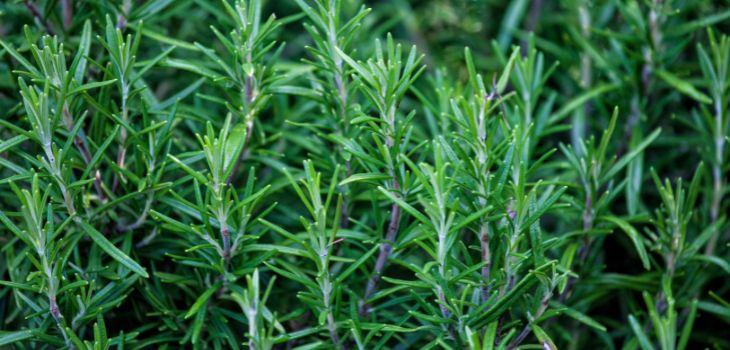
Rosemary is an ornamental plant that is very common in our country, partly due to its high drought tolerance. It is considered a type of sage (Sage Rosemary), and although most sage plants are recommended for planting in winter or spring, rosemary is also recommended for planting in autumn.
Watering: The plant prefers relatively dry soil, which actually helps strengthen it. In hot seasons, water it once a week, and in colder seasons even less frequently.
Sunlight: Direct sunlight, 6-8 hours, preferably during midday and afternoon.
Recommended pot size: The plant grows quite tall and requires a pot with a volume of 8-15 liters.
Fertilizer: You can add balanced fertilizer or potassium-rich fertilizer, preferably once a year – in autumn or spring, with spring being the better option.
Special notes: During very cold days, it's advisable not to leave it outside. If possible, bring the pot indoors.
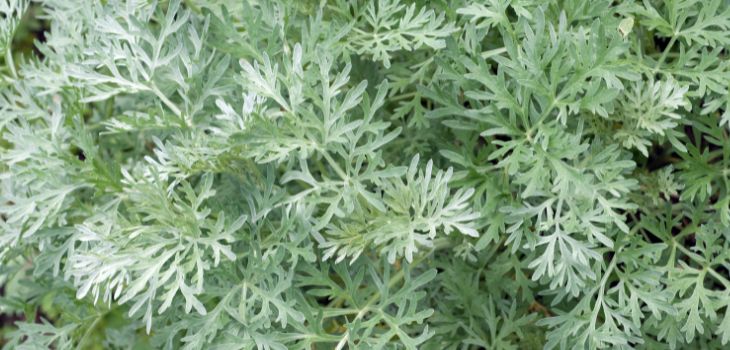
Artemisia is mentioned eight times in the Bible, but always as a metaphor for something bad. As a spice, it has a bitter, but not unpleasant, taste and is mainly used in Moroccan cuisine and tea infusions. The plant can be planted year-round, so it's also suitable for autumn planting.
Watering: The plant does not require much watering, and should be watered only when the soil dries out.
Sunlight: Direct sunlight in cold seasons, and partial sun in hot seasons, 4-8 hours.
Recommended pot size: The plant grows as a wide bush and requires a large pot with a volume of 8-15 liters, though it's better to grow it in a garden.
Fertilizer: It's not a picky plant and can be provided with a simple fertilizer mixture, but it's best to combine it with mycorrhiza.
Special notes: The plant blooms in autumn and can cause severe allergies for those sensitive to its pollen, so be warned.

The name "Koranit" was given to the plant due to the cooling sensation that occurs on the tongue when chewing it, and it is commonly used in cooking lamb. Its flavor does not overpower other spices, so it can be incorporated into dishes without worry. While it can be planted year-round, the best season is autumn.
Watering: Water once a week or every two weeks when the soil is dry, depending on the season.
Sunlight: The plant thrives in full sun, so it's best to plant it in a sunny spot.
Recommended pot size: It's best to grow in a wide pot with a volume of 4-6 liters.
Fertilizer: The plant requires diluted fertilizer for all purposes in the spring season. It's better to provide it with only half the dosage so that it doesn't produce too many leaves, which could dilute its fragrant oils.
Special notes: The plant is highly drought-tolerant, so don't worry if you forget to water it. However, when it is still young, it is highly recommended not to neglect watering.
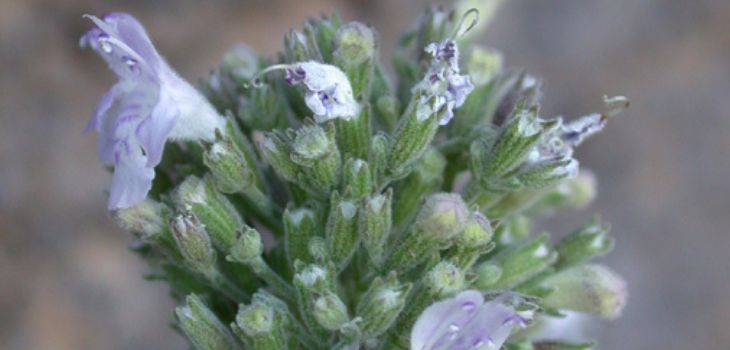
White Micromeria is used in traditional medicine for various purposes, including lowering blood pressure, treating stomachaches, colds, coughs, and disinfecting wounds in the mouth. In Arabic, the plant is called "Eshbet al-Shay" – "tea herb" because it is mainly used for tea infusions. It can be planted year-round, including in autumn.
Watering: Sparingly – only when the soil dries out.
Sunlight: Full sun. The plant needs a lot of light to grow properly.
Recommended pot size: The plant is very large and requires a pot with a volume of 10-15 liters, so it's better to grow it in a garden.
Fertilizer: The recommended mix is one that contains peat, perlite, and coconut.
Special notes: In summer, the leaves will be larger than in winter, but in winter, they will be more succulent. To prolong the plant's life and obtain even larger and more abundant leaves, it is recommended to prune all of its flowers.